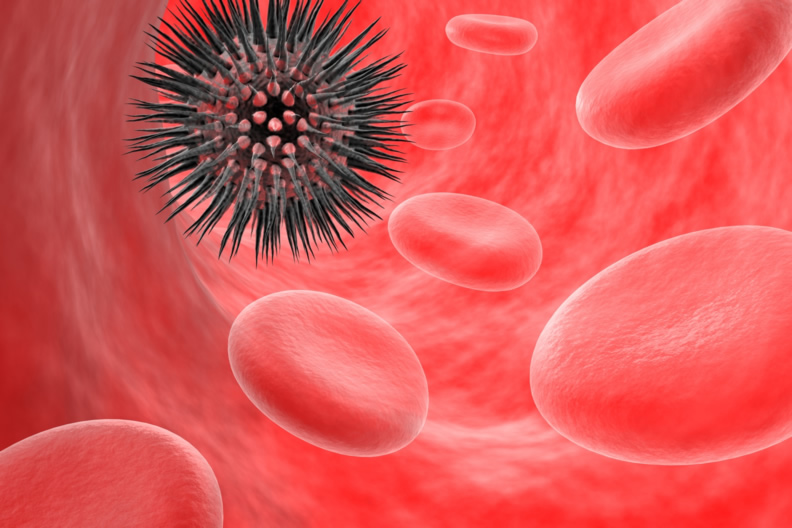Have you noted fleas crawling around on your dog’s coat? A single flea isn’t going to cause much pain or discomfort, but if you see one, chances are there are dozens if not hundreds more lurking around your home. Flea bites can lead to a wide variety of adverse reactions, including the destruction of red blood cells (AKA anemia).
What Is Anemia?
Anemia is the medical term used to describe a low concentration of red blood cells in the circulatory system. It’s important to note that anemia isn’t a disease but rather a condition in which the red blood cell count is below normal. Red blood cells are produced through bone marrow, but certain factors — including flea infestations — may result in a sudden loss of red blood cells. When fleas are drinking and destroying more red blood cells than the host’s bone marrow is able to produce, the host will begin to suffer from the effects of anemia.
Symptoms of Anemia In Dogs:
- Lethargy
- Decreased appetite
- Decreased thirst
- Pale white gums
- Weakness
Note: a blood test is needed to properly diagnose anemia. If your dog is exhibiting one or more of the symptoms previously mentioned, take them to the veterinarian immediately. A professional veterinarian can monitor your dog to ensure their condition is stable.
Anemia In Dogs
A single female flea consumes an average of 15 times her body weight in blood per day! Being that most infections consist of multiple fleas, these parasites are able to suck out a large amount of blood from a host.
Anemia is caused by fleas’ constant blood-sucking behavior. From the moment they first emerge from dormancy in their egg state, fleas immediately begin their search for food. These parasites have evolved over the course of millions of years to become resilient parasites with one goal: to drink the blood of a host. Allowing a flea infestation to persist inside your home places your dogs, and any other family pets you have, at risk for developing anemia.
How Canine Anemia Is Treated
Unfortunately, there’s no quick or easy way to treat anemia in dogs. Being that it’s a condition and not a particular disease or illness, the only viable way to treat it is by eliminating the cause, which in this case are fleas. When the fleas are eliminated from your home, your dog’s red blood cell will gradually begin to climb back to normal, healthy levels.

